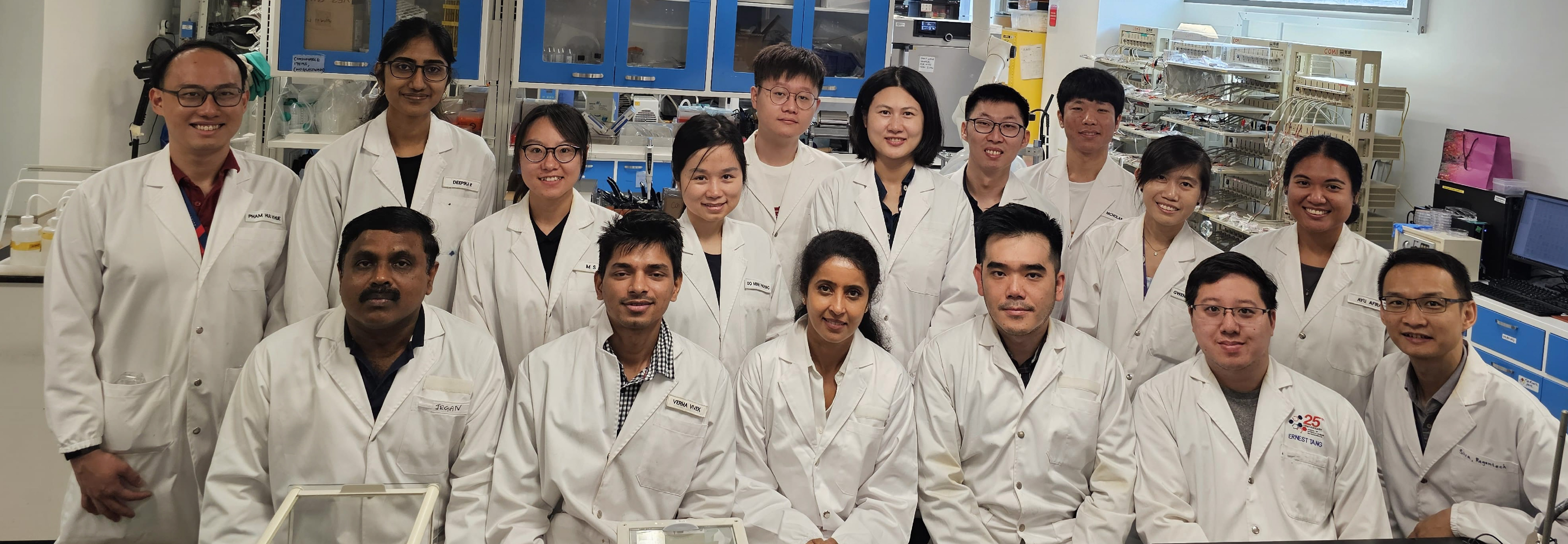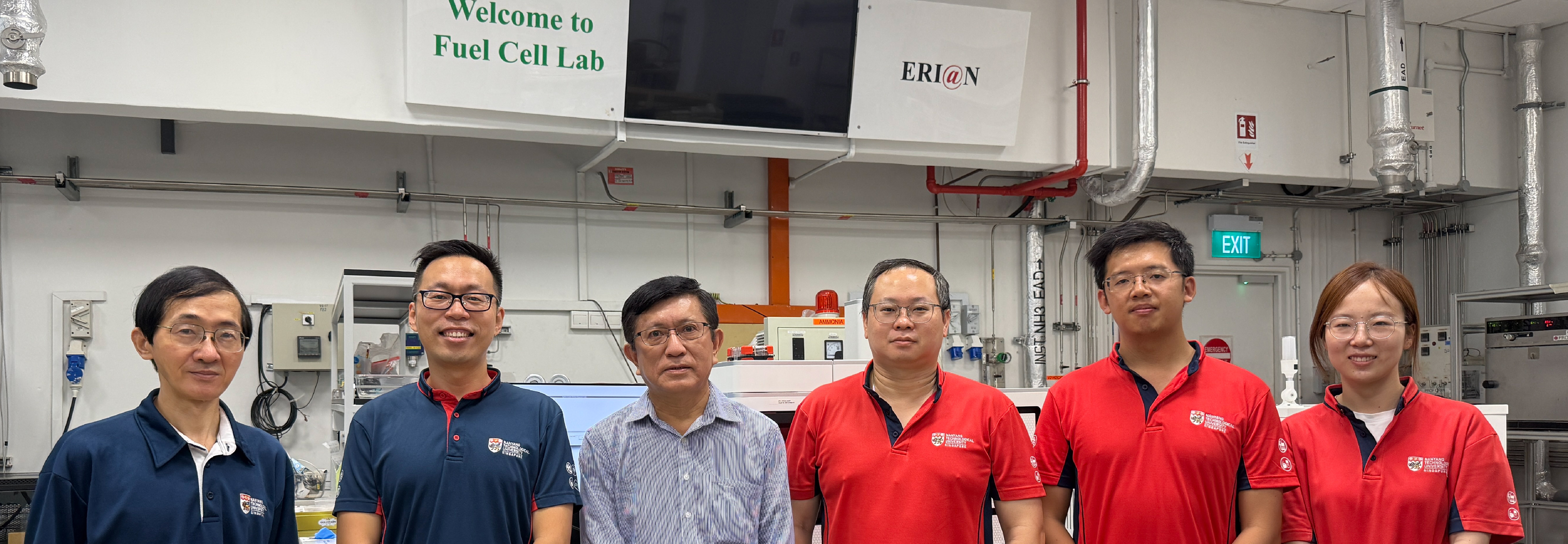Energy Storage, Hydrogen & Fuel Cells

Energy Storage
ERI@N’s Energy Storage programme develops advanced electrochemical energy storage systems to meet current and future demands for a variety of distinct applications. A wide range of technologies are supported by the program, including but not limited to; lithium ion batteries, beyond lithium technologies (such as next generation supercapacitors, multivalent batteries, flow batteries for large scale grid storage systems), and advanced batteries for high power applications such as electric vehicles.
The team works closely with industrial partners and academic research institutions (both Singaporean and international) to deliver improvements to energy storage systems and develop future-focused solutions to support myriad energy needs and remain at the vanguard of energy storage technology.
For more information or opportunities for collaboration, please contact Prof Madhavi Srinivasan at [email protected]

Hydrogen & Fuel Cells
Hydrogen, a clean energy carrier, is gaining attention and traction in Europe, US and parts of Asia. There is a growing interest in the use of hydrogen for clean energy as it can be used in various applications without emission of greenhouse gases and can be made from various low-carbon energy sources and fossil fuels (coupled with carbon capture, use and storage). There are also opportunities for existing industries to integrate hydrogen at scale.
The team at ERI@N focuses its research efforts in hydrogen generation, storage and transport, and end-uses. Key areas include 1) Advanced materials and catalysts, 2) System, market and feasibility analysis, and 3) Technology verification to support the research efforts. This complements the group’s previous research coverage in polymer electrolyte membrane fuel cell and electrolyser (PEMFC & PEMEC), solid oxide fuel cell and electrolyser (SOFC & SOEC), and catalyst development with the vision.
Increasingly, the focus will shift to H2 generation (electrolysis, thermo-chemical, methane cracking, etc.), storage (cryogenic, ammonia, MCH, sodium borohydrides, hydrates), transportation (solid, liquid, compressed forms), and end-use. End use studies will need test-bedding and this will be proposed in the capital expenditure in EPGC and in Semakau. The end-use trials will include direct combustion, introducing H2 into town-gas, cracking of ammonia, hydrogenation of MCH and purification of H2, and H2-Fuel Cell as DER applications. The H2 and Fuel Cells programme also works closely with decarbonisation effort in partnership with SgEC (NTU-NUS-Exxon Mobil effort) and A*STAR.
For further information and collaboration opportunities, please contact Dr Ding Ovi Lian at [email protected]

